Transfer of Upper Louisiana
Watercolor and pastel by F. L. Stoddard, no date. Courtesy Missouri History Museum, “Early St. Louis and the Transfer of Power.”
The transfer of Upper Louisiana occurred on 9 March 1804 and 10 March 1804.
Captain Amos Stoddard commanded an artillery company consisting of approximately forty men at Fort Kaskaskia in 1803. This fort was strategically located on the Mississippi River, allowing the United States to maintain a presence in the region during the sensitive transition of the Louisiana Territory to the United States. When the Lewis and Clark Expedition arrived in November 1803, the captain recommend several soldiers, most notably Alexandar Willard, then an artificer in Stoddard’s company.
Stoddard officially represented the United States in St. Louis in March 1804 when Spain transferred Louisiana Territory, including St. Louis, to France. The transfer was part of the broader geopolitical maneuvers of the Napoleonic era, as France then handed the territory over to the United States just a day later. This significant event marked the beginning of American expansion into the interior of North America.
Following the transfer, Captain Stoddard served as the commandant of the Upper Louisiana Territory. He was soon replaced by Major James Bruff, but Stoddard remained near St. Louis, and he continued as Lewis’s agent handling the people and items sent down the river during the Expedition.
Stoddard’s career was marked by dedication and service, culminating in his participation in the War of 1812. During the conflict, he was involved in the Battle of Fort Meigs in Ohio, where he sustained wounds that ultimately led to his death in May 1813. His contributions to the early expansion of the United States and his service in the War of 1812 underscore his importance in American military history.[1]Robert A. Stoddard, ed., The Autobiography Manuscript of Major Amos Stoddard (San Diego: Robert Stoddard Publishing, 2016).
Selected Pages
January 19, 1803
Laying the foundation
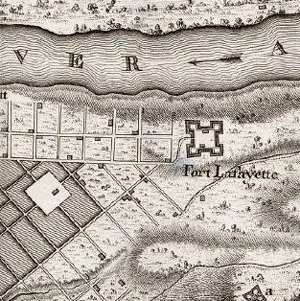

From Fort Fayette, Capt. Stoddard writes a letter to Col. Burbeck asking for further orders. Those orders would be to establish a fort on the Mississippi to support Jefferson’s western expeditions.
February 19, 1803
Stoddard's orders
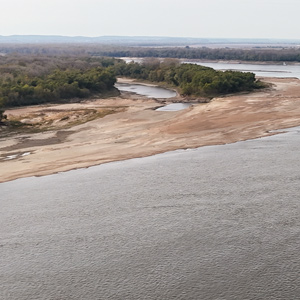

Captain Amos Stoddard is ordered to proceed to Kaskaskia as part of a military buildup along the Mississippi. President Jefferson has little hope of giving Thomas Rodney a federal appointment.
September 4, 1803
Leaky boats
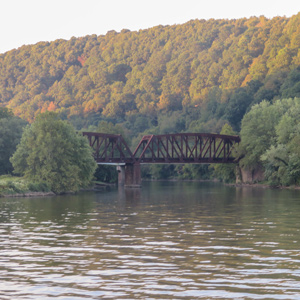

As they leave Pennsylvania along the Ohio River, the pirogue springs a serious leak, so they must stop to repair it. Lewis buys a canoe, but it too leaks. Camp is near Newell in present West Virginia.
November 29, 1803
Spanish obstruction
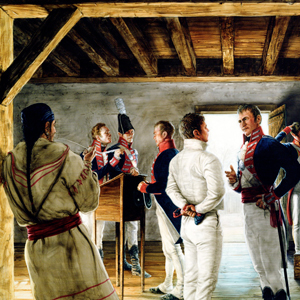

On or after this date at Fort Kaskaskia, the captains learn that the Spanish Governor of Upper Louisiana intends to block the expedition. They select more soldiers and make decisions about their next steps.
Fort Kaskaskia
Preliminary outpost


Archaeological investigations by the author and his students reveal the location of the American Fort Kaskaskia. Extracts from “Bound to the Western Waters: Searching for Lewis and Clark at Fort Kaskaskia, Illinois” by the lead archaeologist.
December 1, 1803
Kaskaskia recruits
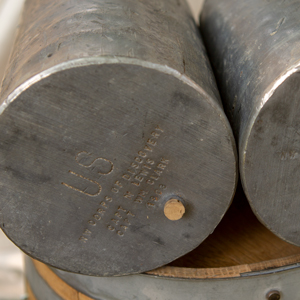

While at Fort Kaskaskia, Illinois, William Clark and Meriwether Lewis select at least 13 new recruits. Lewis also writes a receipt to Cpt. Amos Stoddard for 75 pounds of gunpowder and a cask.
January 2, 1804
Lewis's 'business of importance'


At Wood River, Clark receives news from Lewis that Captain Amos Stoddard will be the United States agent to receive the Upper Louisiana Territory when it is transferred from France.
January 15, 1804
Intoxicated helpers
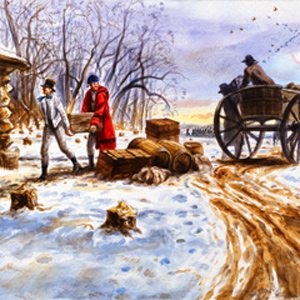

In a letter to his brother-in-law, Clark describes his situation at Rivière à Dubois—present Wood River. Several men and a wagon—all loaded with whiskey—appear at camp, and the weather is clear and cold.
February 19, 1804
Transfer orders
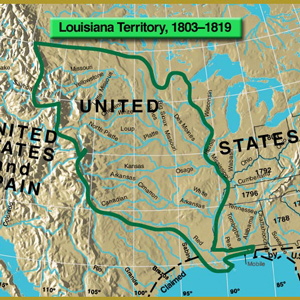

On or near this date in St. Louis, the Spanish Lieutenant Governor Dehault Delassus receives orders to transfer the Upper Louisiana Territory to Captain Amos Stoddard.
February 24, 1804
"a great Dinner & porrade"
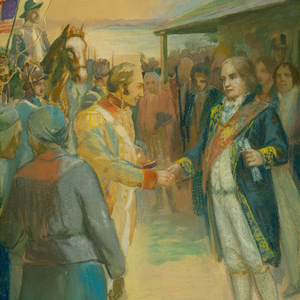

In St. Louis, Amos Stoddard, Lewis, Clark, and several citizens are told by Spanish Lt. Governor Dehault Delassus that he is ready to transfer Louisiana to the United States. A dinner and parade follow.
March 1, 1804
Quarters and stores


At Wood River, Illinois, the day begins with sub-zero temperatures. While they are in St. Louis, the captains leave specific orders for Sgt. Floyd regarding quarters and stores.
March 8, 1804
Transfer preparations
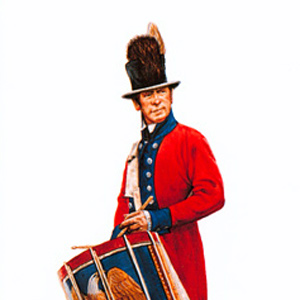

In St. Louis, Delassus Carlos announces the transfer of Upper Louisiana tomorrow. Lewis and Captain Amos Stoddard’s honor guard assemble in Cahokia in advance of tomorrow’s parade.
March 9, 1804
Raising the French flag


In St. Louis, Lewis serves as a witness to the delivery and receipt of the Upper Louisiana from Spain to France. With speeches and ceremony, the Spanish flag is lowered, and the French flag raised.
March 10, 1804
Raising the American flag
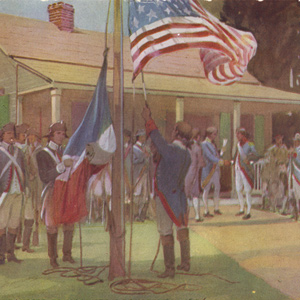

In St. Louis, Amos Stoddard declares Upper Louisiana as belonging to the United States, and the American flag is raised. Captains Lewis and Clark are there to witness the event.
April 7, 1804
Capt. Stoddard's ball
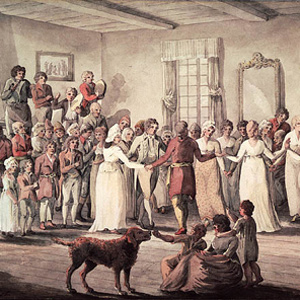

Clark, Lewis, and York travel to St. Louis to attend a formal dinner and ball hosted by Captain Amos Stoddard, new Commandant of Upper Louisiana. Sgt. Ordway is left in charge at Camp River Dubois.
April 8, 1804
Stoddard's expenses mount


Clark and Lewis attend a ball in St. Louis that continues all night. The host hopes the U.S. Government will pay back the $622 the party cost him. At camp, Sgt. Ordway writes a letter to his parents.
May 16, 1804
St. Charles arrival
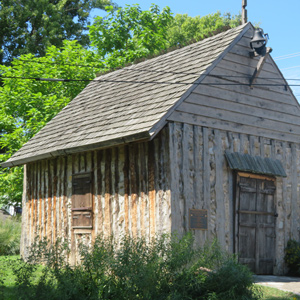

The boats set out early, pass the coal beds of Charbonier Bluff, and reach St. Charles, an early French settlement on the Missouri River. Many citizens come out to see the event and socialization commences.
May 20, 1804
Sunday in St. Charles
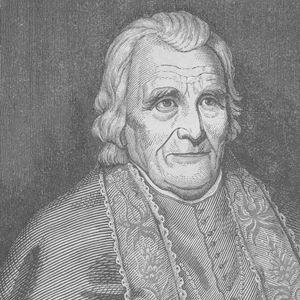

Lewis and a delegation of distinguished citizens leave St. Louis. During a thunderstorm, they shelter in a little cabin. Already in St. Charles, many of the enlisted men attend Catholic mass.
June 3, 1804
Mosquitoes and ticks
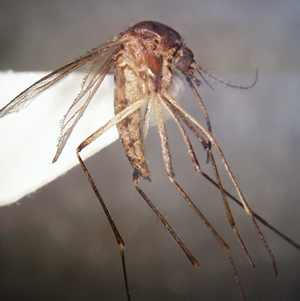

At the mouth of the Osage, mosquitoes and deer ticks vex Clark, and Lewis collects a specimen of ground plum. Late in the day, the boats move up to the mouth of the Moreau east of present Jefferson City.
June 12, 1804
Old Dorion signs on


Near present Dalton, Missouri, the expedition meets a contingent of boats led by fur trader Pierre Dorion, Sr. He agrees to join as an interpreter, and one expedition member is sent back to St. Louis.
October 29, 1804
Mandan and Hidatsa council
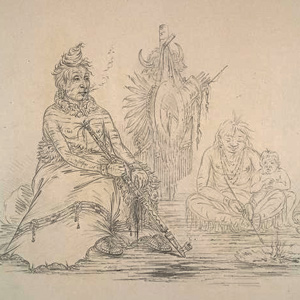

Opposite the Knife River, Mandan and Hidatsa chiefs come from each village to council with the captains. A long speech is given, and the captains ask them to smoke the pipe of peace with an Arikara chief.
March 24, 1805
Bird cages


At Fort Mandan, cages are made for the live birds that will soon be sent to Washington City. In St. Louis, Capt. Amos Stoddard updates President Thomas Jefferson regarding Lewis’s delegation of Iowas.
October 21, 1805
Columbia River rapids
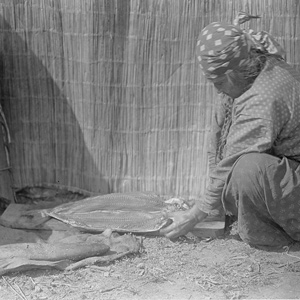

Moving down the Columbia above present John Day Dam, the paddlers navigate several rapids while the non-swimmers walk around them. Pvt. Collins shares his camas-brewed beer, and Mt. Hood is in view.
October 22, 1805
Falls of the Columbia
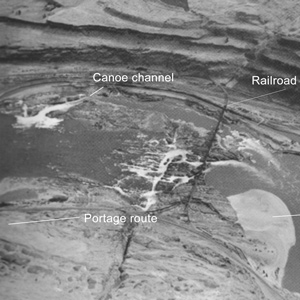

The expedition arrives at the Falls of the Columbia. With the help of some Wishram villagers, they portage their baggage along the northern shore. Others scout the channel that the canoes will navigate.
Notes
| ↑1 | Robert A. Stoddard, ed., The Autobiography Manuscript of Major Amos Stoddard (San Diego: Robert Stoddard Publishing, 2016). |
|---|
Experience the Lewis and Clark Trail
The Lewis and Clark Trail Experience—our sister site at lewisandclark.travel—connects the world to people and places on the Lewis and Clark Trail.
Discover More
- The Lewis and Clark Expedition: Day by Day by Gary E. Moulton (University of Nebraska Press, 2018). The story in prose, 14 May 1804–23 September 1806.
- The Lewis and Clark Journals: An American Epic of Discovery (abridged) by Gary E. Moulton (University of Nebraska Press, 2003). Selected journal excerpts, 14 May 1804–23 September 1806.
- The Lewis and Clark Journals. by Gary E. Moulton (University of Nebraska Press, 1983–2001). The complete story in 13 volumes.

